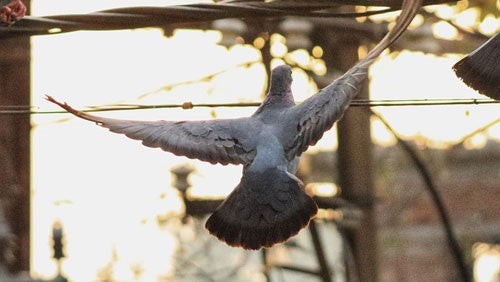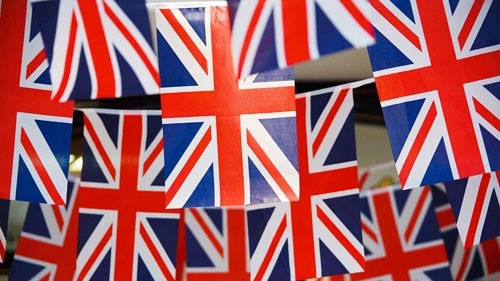
War Pigeons: The Role of Pigeons in Wartime Communication
Share
Thursday, 7th May 2020
When the country awakens on the morning of Friday 8th May it will mark the 75th anniversary of the end of World War Two in Europe. The guns finally fell silent after many years of carnage and war. It was a time for the whole nation to celebrate and look forward to the future.
Homing pigeons played an important part in the war effort due to their ability and speed. Used as messengers, they would carry tiny leg canisters and even unmanned cameras to troops behind enemy lines. After carrying a message, they would return to their coop, setting off a wire with a buzzer or bell alerting the soldiers that they had arrived back safely.

Their job was extremely dangerous as enemy troops often tried to shoot them down knowing full well that they carried important messages.
During the second world war, the UK used around 250,000 pigeons and thirty-two of these were awarded the Dickin Medal, the highest decoration of valour for animals - an outstanding achievement.
The UK maintained an Air Ministry pigeon section for the whole of the war and for a short time afterwards. However, in 1948 the UK military stated that pigeons were of no further use and the section was disbanded. MI5, the UK’s Security Service, still saw carrier pigeons as a threat from enemy forces though and up until 1950 arranged for a private fancier to keep 100 pigeons as a way of being prepared.
Although our celebrations have been cancelled due to Covid-19, we can still raise a glass of our preferred substance on Friday 8th May to remember the enormous sacrifice made abroad and at home by both humans and animals which marked the beginning of peacetime in Europe.

Written by Angela
